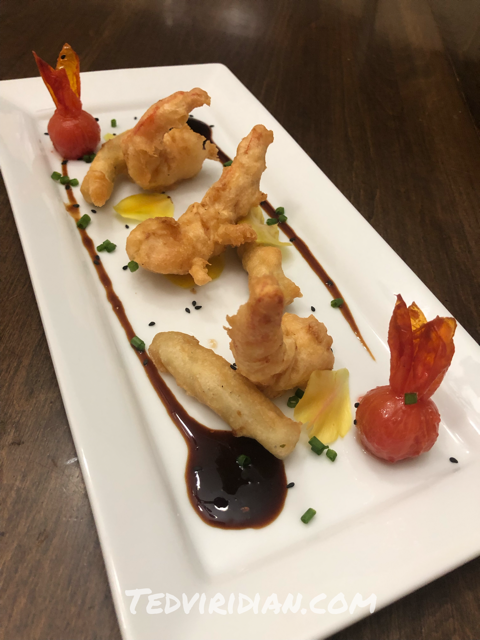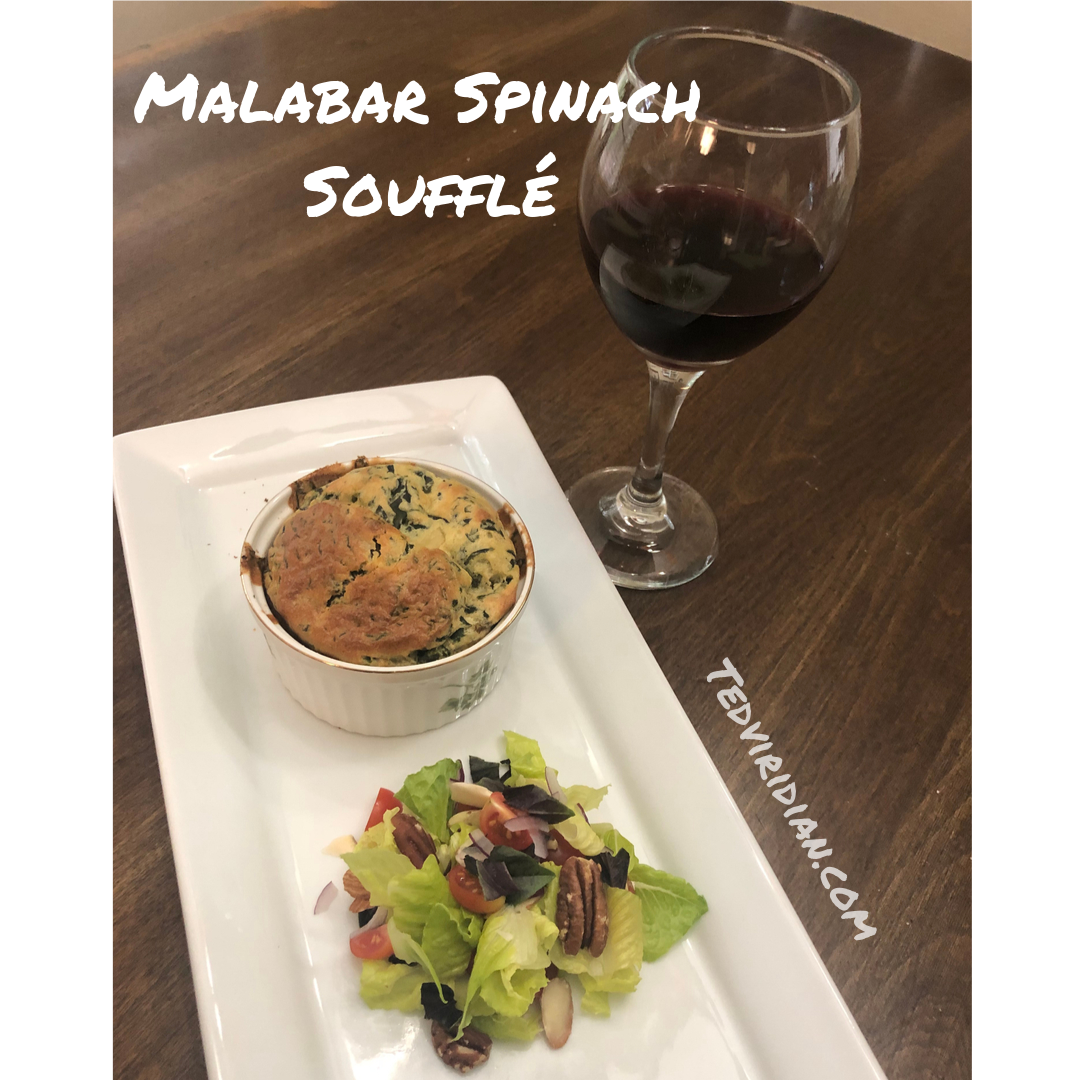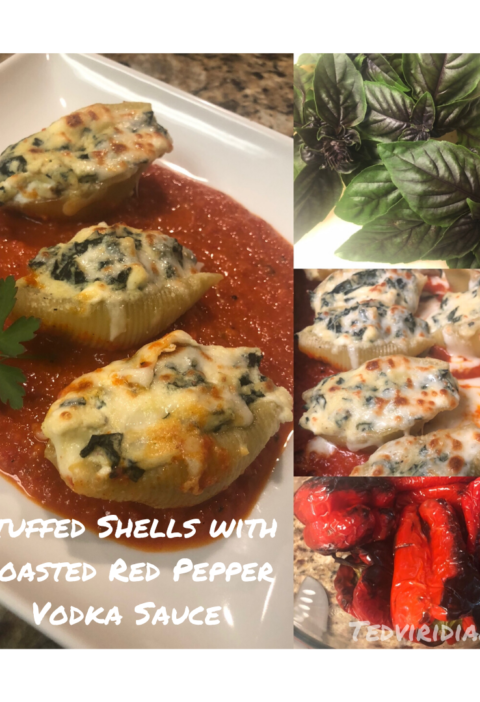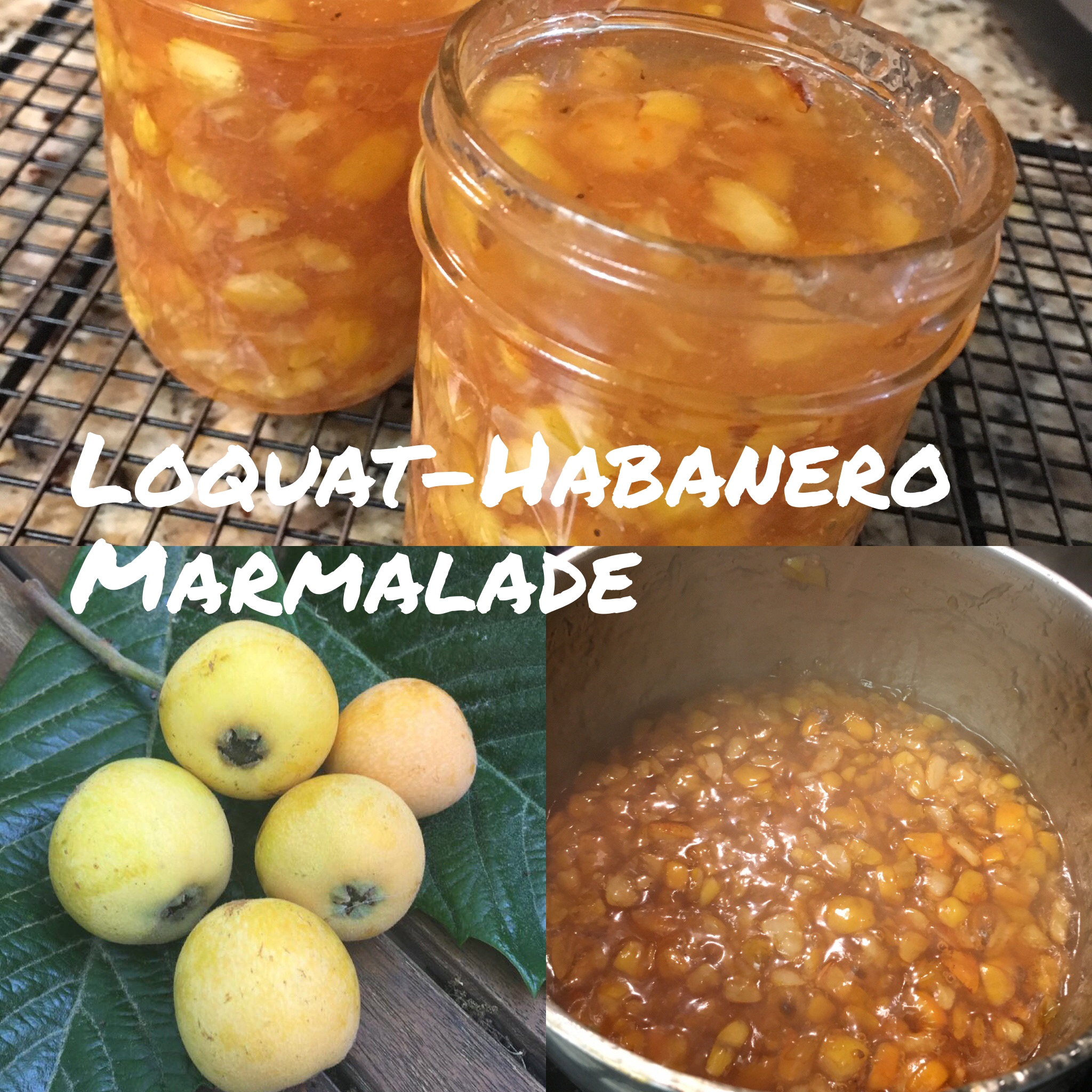
What food isn’t better when it’s fried?
Why, none of course!
Naturally, this goes for nopalitos as well.
Let’s talk history for a minute.
Deep fried fritters were introduced to Japan in the 1500’s by Europeans, namely the Portuguese. The Japanese added their own influences to this battering and frying technique thus creating….
(drumroll, please)
Tempura!
(okay, so maybe no drumroll was necessary since “tempura” is in the title… but humor me)
Yes, tempura is fried, but it gives foods an amazingly light, crispy, airy coating that it doesn’t feel like you’re eating something heavy or greasy at all.
Many vegetables are downright delicious with tempura batter, including but certainly not limited to squash, aubergines (fancy-guese for eggplant), mushrooms, and green beans. The latter of which actually inspired me to try tempura frying nopalitos.
Flavorwise, nopalitos actually taste quite a bit similar to green beans. Texturally, I would say that they’re most similar to okra.
Both of these veggies are great fried, so I figured I’d give it a shot!
Let’s get into it,
First off, you need to process your nopalitos so they’re ready to cook with. If you haven’t learned how to get noplitos ready for cooking yet, then check out my article here. Alternatively you can buy them from the store. If you’re using store bought, I would recommend salting them like I did in my guide.
Next up: Shrimp.
First off, off with their heads!
(You can skip this is you bought them with their heads already removed)
Next thing you want to do is to peel them completely, except for the tail end leave that attached (because it looks cool, duh.)
Next up: devein them. I’m not going to go into this too much, if you look online there are a gazillion guides, videos, articles, poems, interpretive dances etc. that will show exactly how to do this. Another guide on deveining shrimp would just be internet noise.
Or you could, you know, just buy them already deveined.
Obviously that’s something a trained bona fide chef such as myself would never ever even dream of doing… heh.
Anyhow, you’ve got your shrimp all peeled and pretty. What I did next is I took some little skewers and threaded the shrimp onto the skewer so that when it fries it stays all straight and pretty, like so:

Got those ready? Great, let’s talk batter.
The tempura batter recipe that follows is what I came up with after a few experiments. I think it’s pretty darn good. I don’t claim it’s the best, and I certainly don’t claim it’s the most traditional; Japanese cuisine is not my forte. However, if I may reiterate, I simply say: it’s pretty darn good.
Here we go:
Begin by beating one egg, like so:

Next up, seltzer water. Aka carbonated water, aka soda water aka club soda.

Don’t mix this up with the tonic water you use to make your gin and tonics because tonic water is something different – it has sugar in it, which you don’t want. It also contains an alkaloid called quinine, which can be used to treat malaria. But that’s an article for another day.
A cup of seltzer water goes in with the egg and give it a whisk It’s gonna foam so make sure your bowl isn’t too small). At this point you can also add an eighth of a teaspoon of salt, if you so choose.
Grab your sifter and sift in one cup of All Purpose flour, henceforth referred to as AP flour, (yes, I’ve dying to use the word “henceforth,” in case you were wondering) as well as two tablespoons of corn starch, also known as corn flour in other English speaking locales.

Give your batter a quick whisk to incorporate and use it quickly! All those bubbles from the seltzer water won’t last forever.

I gave the shrimp and nopalitos a quick dunk in the batter, and then used chopsticks to pull them out.

They then went into 350 degree oil until G.B.D.
G.B.D. is a very technical acronym used in the culinary field that stands for “Golden Brown and Delicious”

I then gave these guys a quick little plate up with some of the nopal cactus flower petal, homegrown cherry tomatoes, and ponzu glaze.

A what glaze?
Ponzu is a Japanese condiment using a specific type of citrus called the yuzu. You can find ponzu in the asian foods section of the grocery store.
Here’s what I did:
I put the following into a small saucepan:
1 Tablespoons soy sauce
1 Tablespoons mirin
2 Tablespoons ponzu
2 Tablespoons orange juice
And a few grates of ginger root
I heated everything up to a simmer on medium low heat, and then added some slurry until it was thickened to the consistency I wanted
What’s a slurry? Is that like when you drink too much sake?
A slurry is just a mixture of cornstarch and COLD water, usually at equal ratio. Mix them together and pour a fine stream into your sauce while whisking.
Careful not to add to much slurry early on, you can always add more if it isn’t thick enough. For this recipe a tablespoon worth of prepared slurry should get you about where you want to go.
Also, here’s a fun little tidbit I learned while I was working in professional kitchens: tomato flowers!
Make a shallow “X” in the bottom of a cherry tomato with a sharp knife. (careful not to cut yourself like a dingus, “X”s on your fingers isn’t a good look)
Drop the tomato(es) in the fryer for about 5 seconds, and pull up the basket and let them cool down a bit.
Then you can curl up the skin of the tomato like petals! Cute, right?

If you’ve read this far then chances are that you’re probably either my mom or my girlfriend, but in any case thank you for reading!
Nopal season is over in Texas, so for my next post I’ll either breakdown and buy them from the store for another nopal recipe or just move on to the next featured plant!




